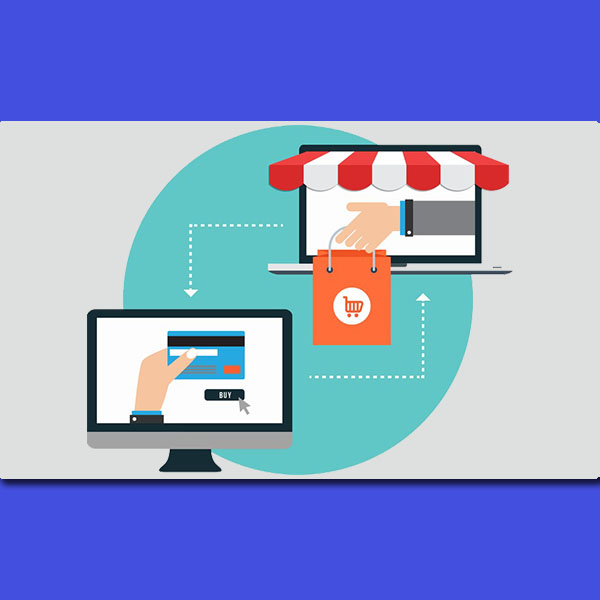
e-Commerce Site Requirements
E-Commerce is a current highly demanded in today’s Indian business. Every business person is inspired by this idea to market themselves digitally. Being a business person and to get ready to enter into this cyber world, you can read this blog.
So now, you’re tackling the big question. “Where do I start?” This is daunting for nearly every client we encounter. We often see a pattern with clients as they begin their eCommerce journey. They struggle with prioritizing during the planning phase. Unfortunately, they fail to develop a structural approach to finding all site requirements. Consequently, this can lead to poor evaluation and determination of scope for the project. Even worse, it can lead to a messy and stressful project experience. As a result, you’ll end up with a messy and stressful eCommerce site.
Here are three keys to successful eCommerce requirements gathering. In addition, you’ll get a couple of free tools that can help you in the process.
Understand the Difference between Business, Functional, and Technical Requirements
Business Requirements
These are the needs of the website from a business perspective. Some business requirements include:
- Pricing rules – B2B accounts have negotiated discounts and terms.
- Shipping rules – Some products have exclusions or special requirements.
- Order fulfillment workflow – Some products are drop-shipped.
- Legal / regulatory requirements – Dealing with legal issues is the last thing you want to do
Functional Requirements
These are for the user. They should reflect performance goals based on the customer’s experience. Here are examples of functional requirements, with follow up questions:
- Product reviews to increase conversion rates and stand out from the competition.
- Will moderated reviews be a part of the process?
- Are anonymous/guest reviews acceptable?
- Product tours (photos/videos/etc.)to increase user engagement.
- A shipping calculator to set expectations and decrease cart abandonment.
- Saved carts or printable quotes. Shoppers often need a manager’s permission or a purchase order before checkout.
- How long can a customer save carts and quotes?
- Is a created account necessary to receive a quote? Do customers have to provide a phone number and e-mail address?
Technical Requirements
These are for the developer. They should prevent the developers from having to make any assumptions. A great example of a technical requirement is password policy. It’s important that users adhere to it. How would you do this? Going through that process step by step will unearth plenty of technical requirements.
I know what you’re thinking. Stating requirements from more than one perspective will result in duplicate needs. Even triplicate needs. Worry not. That only happens in a magical world where we know everything in advance. In reality, working through these requirements for each persona is invaluable. The process always identifies new issues and opportunities. Another discovery will be the requirements you never thought of. As a result, everything is out on the table. Sometimes there are requirements that are in conflict. Also, there can be requirements represented in one category but not another. Regardless, you will know exactly what you will be dealing with.
Security Should Be Addressed First, not Last
Assess your security posture as part of the initial scope conversations. After that, security should be a priority throughout the project. Especially as changes occur. eCommerce can actually be much safer for your customers than brick-and-mortar retail. But, you have to handle security the right way. Yet, adding SSL to make your site “https” isn’t going to cut it. Make sure you’re up to date on what risks your platform can face. Also, consistently check for problems. This will keep you one step ahead of the game.
Understand Your Mobile Users
We often find that mobile users have different goals than desktop users. In fact, sometimes these goals can vary between device types (e.g. smartphone vs tablet).
Two example scenarios come to mind:
- Tablet-based point of sale systems continue to be on the rise. Many B2B companies are leaving desktops to use tablets for a variety of tasks. Inventory replenishment and order management done at the touch of a finger. But, most of these tasks are situation-specific. A user is checking specific orders or looking into a customer inquiry. Reporting and analytics can wait for “office time”. So, the investment into making such features work on tablet devices isn’t justified.
- For an industrial/manufacturing supply company, all orders come through established accounts. These orders generally come from desktop browsing sessions. But, product availability and compatibility information is only available on the shop floor. So, a mobile phone optimized experience for technicians becomes a priority. It should focus on providing product information and a simple way to send/share what parts are in stock. Focusing on driving transactions on the device doesn’t make sense.



